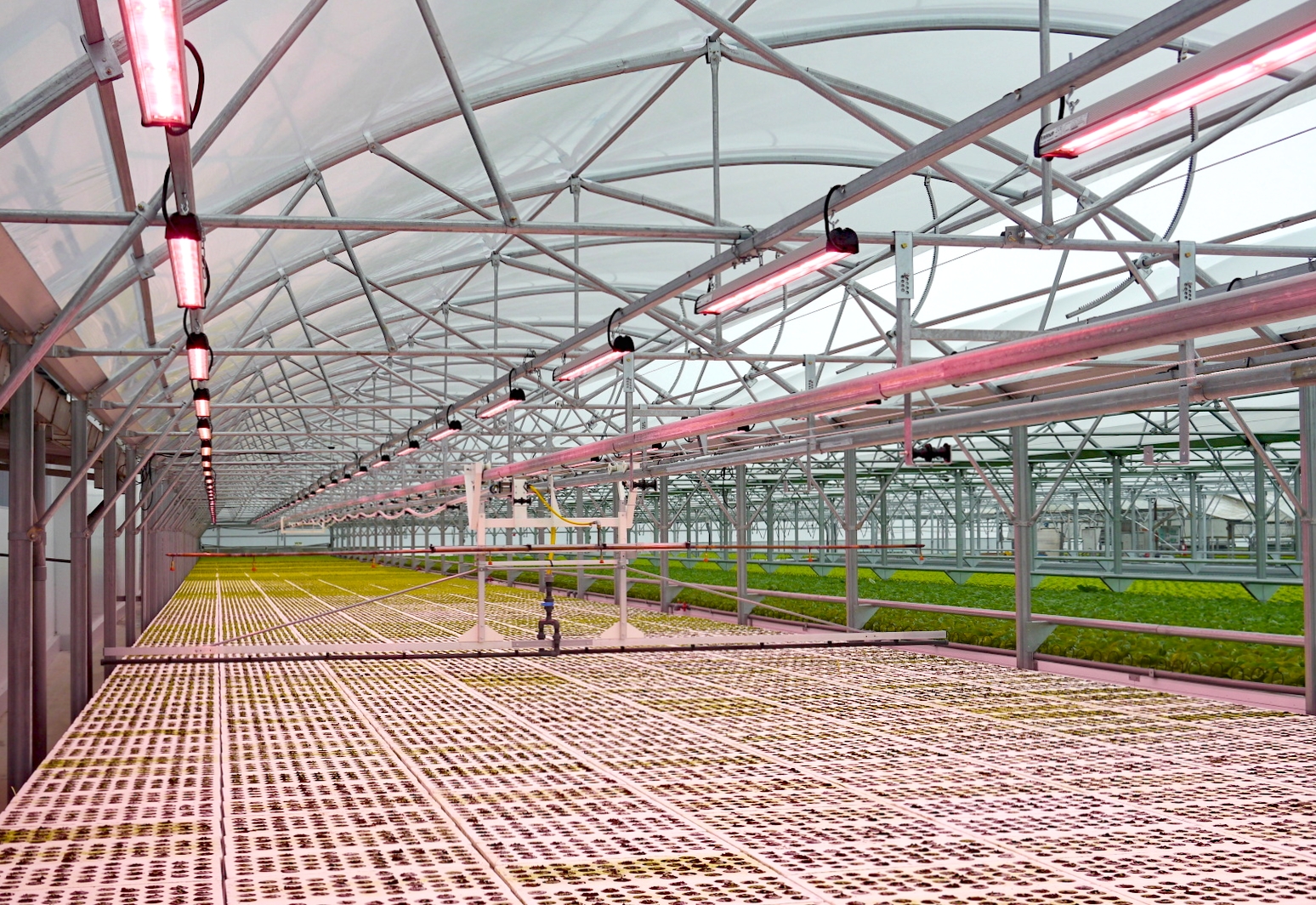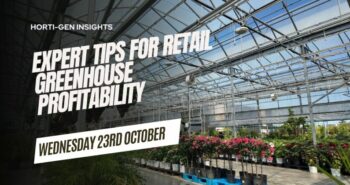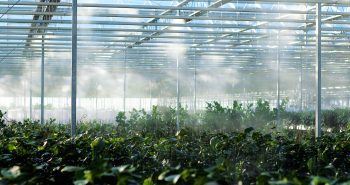This post is also available in: ![]() English
English ![]() Français (French)
Français (French)
Introduction
The composting process is not a recent technique, in fact, it is practiced since the Antiquity. It is a complex transformation described as a biological process that decomposes the organic constituents of by-products.
In fact, the most accurate definition is from Godden (1986) mentioning that composting is a process of biological transformation of various organic materials. What is more, it is an oxidative process that includes a thermophilic phase. The products formed are mainly CO2 and a stabilized product: mature compost. The initial organic waste is colonized, transformed by a succession of different microbial populations.
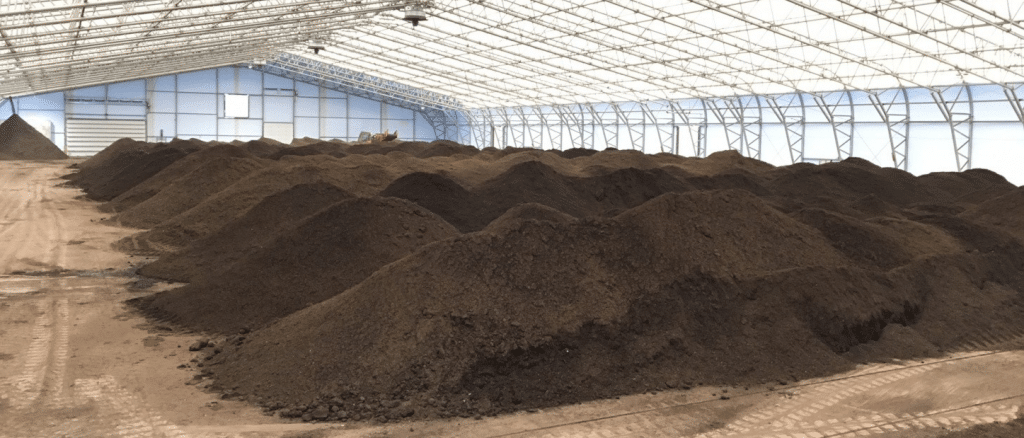
The composting process
We can describe the composting process in 4 phases:
- Phase 1: Mesophilic phase
- Phase 2: Thermophilic phase
- Phase 3: Cooling phase
- Phase 4: Maturation phase
The phase 1 and 2 = fermentation period (2,5 months)
The phase 2 and 3 = maturation period (3,5 to 6 months)
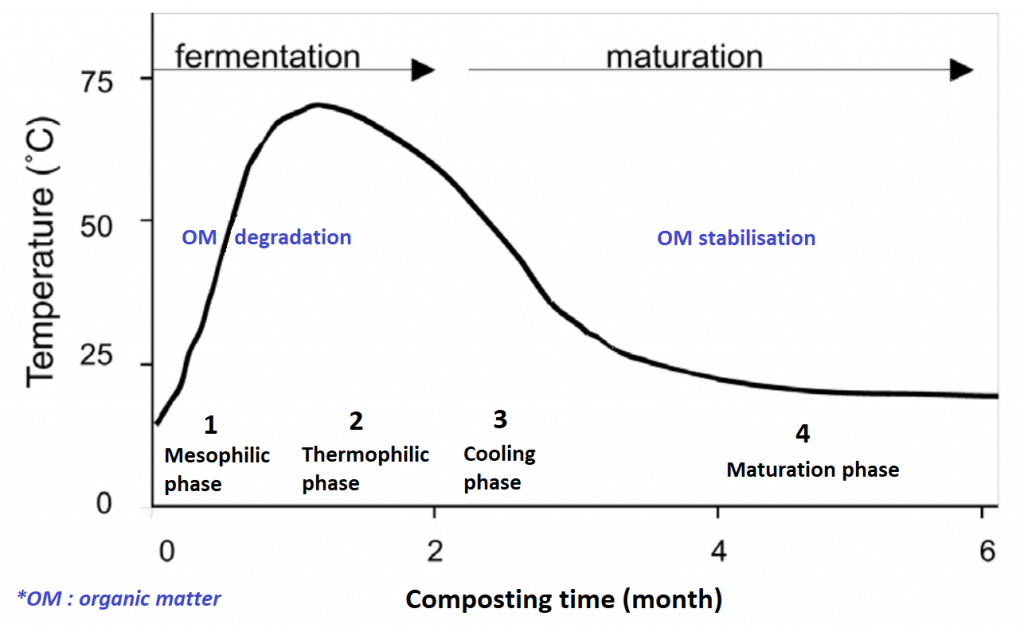
During the composting process different parameters will vary as the temperature, the relative humidity, the oxygen level, the pH…The temperature change is related to the activity of the population of microbes and their evolution is the most important parameter to follow.
On the drawing below we can see that there is heat generated by microbial degradation or acquired by forced air transfer (1). What is more, there is heat loss by vaporization of the water (2), by conduction on the exchange surface (3) and by transfer of air within the compost (4) :
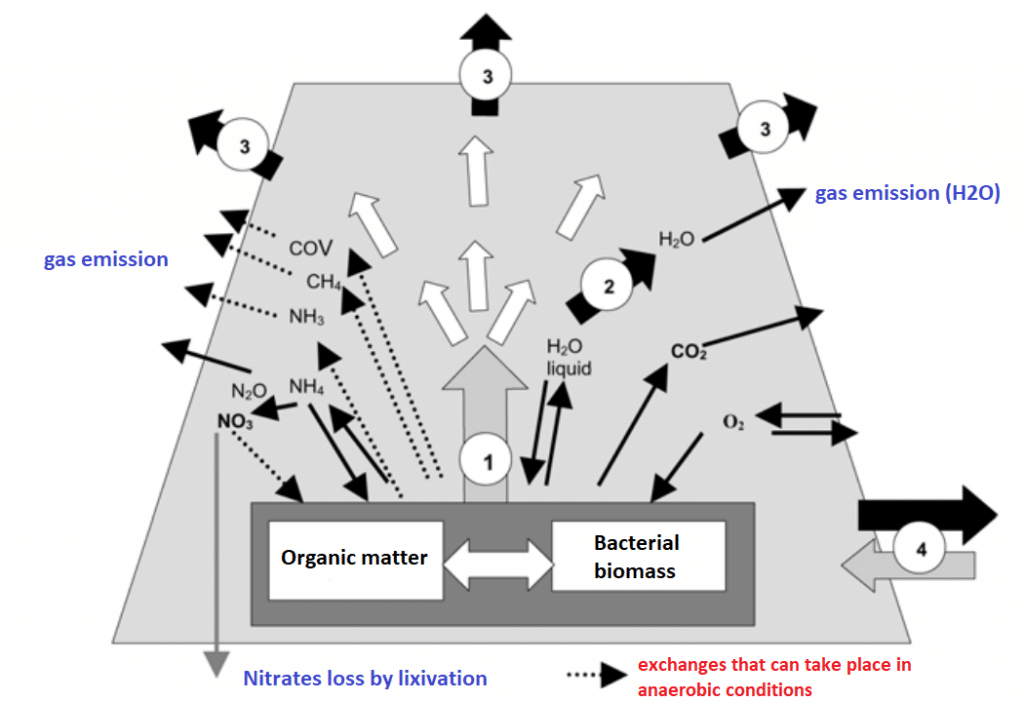
However, the representation of the four composting phases is a theoretical vision. A compost pile is a heterogeneous medium, which has exchange surfaces with the outside environment, settling areas, and temperature and humidity gradients (Fermor, 1993). To reduce this heterogeneity and promote biodegradation: the compost is returned (aeration), watered and screened during the fermentation period.
Why composting under a fabric building ?
A fabric building offer a lot of volume to do composting. Indeed, it is an important point for the machines circulation and the transport/sorting of residual materials. Wider span without posts in the middle is the best option. We can add that domes offer an economical alternative to traditional buildings.
About the structural aspect and resistance, the steel can be hot dip galvanized for a better resistance to corrosion and high relative humidity inside the composting area. What is more, choosing the right cover material and type will be important to avoid premature replacement.
In order to have an efficient ventilation and climate control inside the composting area, it is possible to add equipment such as air extractors, circulation fans, suspended watering system, fogging, climate computer with remote system… The selection of the proper fabric building design and equipment must be in line with the composting technique.
Moreover, in some case it can be possible to add motorized pile turner to reduce manpower and move towards a more automated system.
A composting unit has to comply with environmental standards. Leachate and gas releases must be treated before being released into the environment. The advantage of a greenhouse and smart shelter is the containment of the composting zone to facilitate the recovery of gaseous (NH3, CH4, N2O…) and liquid discharges (H2O, NO3…). It helps also for the odor management.
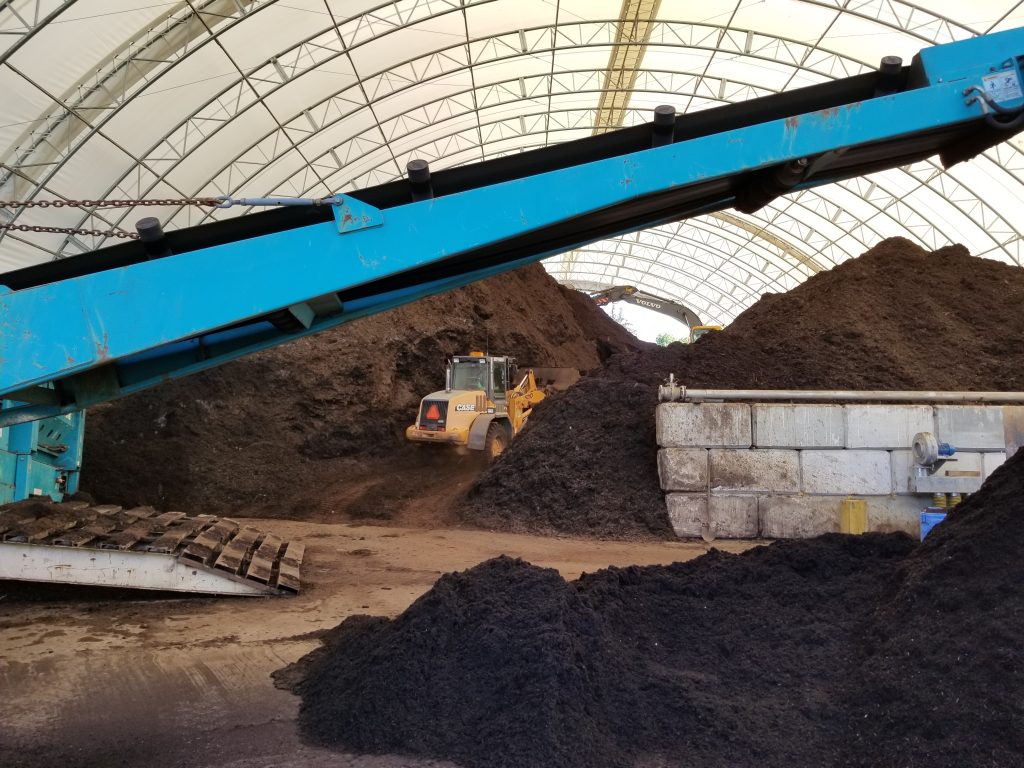
A MegaDome building used to store compost and other biomasses (Sources: Harnois Industries)
Conclusion
A fabric building offers solutions to store and protect machines, raw material, equipment and sometimes people (recreational usage). The quality and durability of the steel structure and covering membrane are important factors to consider when buying a fabric building.
In the case of composting, the fabric building have to be more than a simple storage offering ventilation solutions and ideal climate conditions for all composting stages from fermentation to maturation.
It is therefore important to turn to experts who have already worked on this type of solution.
Sources:
Bach, P. D., K. Nakasaki, M. Shoda, and H. Kubota. 1987. Thermal balance in composting operations. Ferment.Technol., 65, 2:199-209.
Etude et évaluation du compostage de différents types de matières organiques et des effets des jus de composts biologiques sur les maladies des plantes: http://orgprints.org/3064/1/Etude.pdf (French document)
Fermor, T. R. 1993. Applied aspects of composting and bioconversion of lignocellulosic materials: an overview. International Biodetermination and Biodegradation, 31:87-106.
Godden B. (1986). Etude du processus de compostage du fumier de bovin. Thèse de doctorat en Sciences Agronomiques, Université Libre de Bruxelles. Laboratoire de microbiologie, 136 pages+annexes.
Leclerc B. 2001. Guide des matières organiques. (eds Guide Technique de l’ITAB)
Stabilisation de la matière organique au cours du compostage de déchets: https://tel.archives-ouvertes.fr/tel-00007519/file/tel-00007519.pdf (French document)
